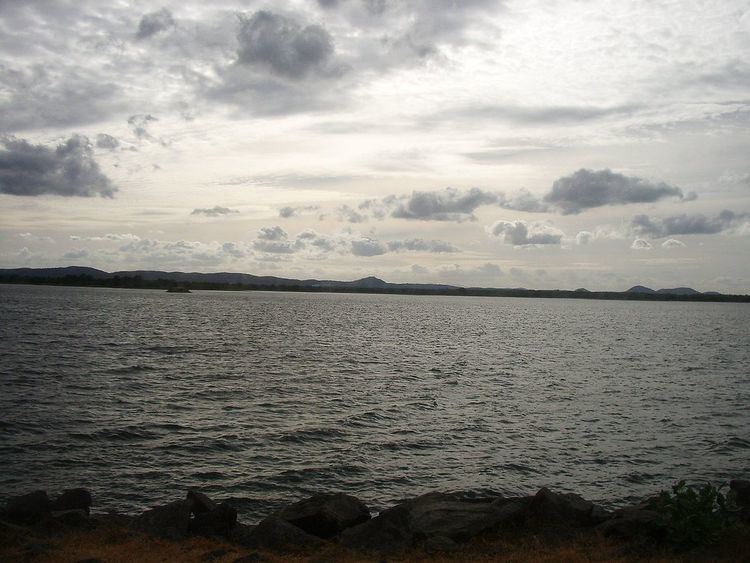 | ||
The irrigation works in ancient Sri Lanka, the earliest dating from about 300 BCE, in the reign of King Pandukabhaya and under continuous development for the next thousand years, were some of the most complex irrigation systems of the ancient world. In addition to constructing underground canals, the Sinhalese were among the first to build completely artificial reservoirs to store water. The system was extensively restored and further extended during the reign of King Parākramabāhu (1153–1186 CE).
According to Sri Lankan history, the first tank was built by King Pandukabhaya who reigned from 437 to 367 BC. It is said that he had three tanks built, namely Abhaya weva, Gamini weva, and Jaya weva, yet, presently, only one tank named Basawakkulama weva can be identified. After King Pandukabhaya, King Parakramabahu I had many tanks built, with one large tank called Parakrama samudraya still providing water for agriculture. It can be said that many rulers of Sri Lanka contributed to the development and construction of tanks all over the Raja Rata (Northern part of the country).
